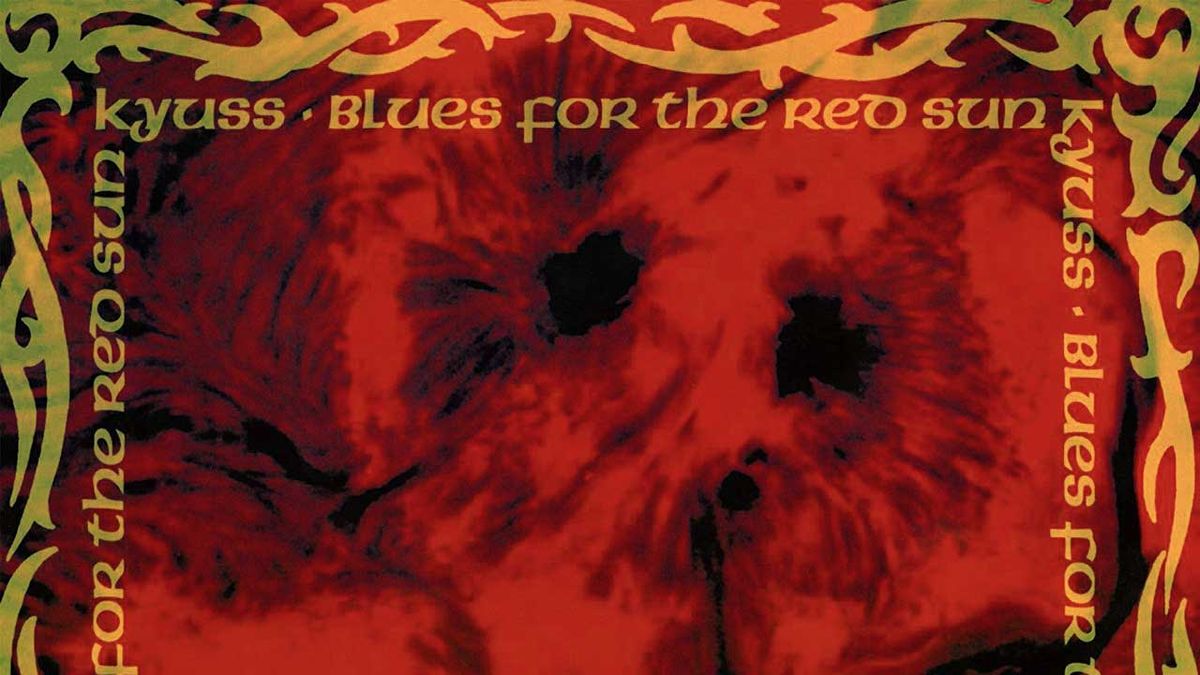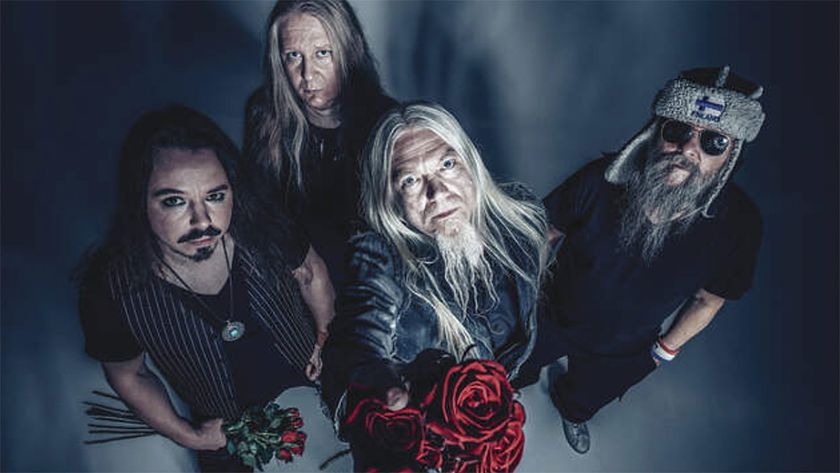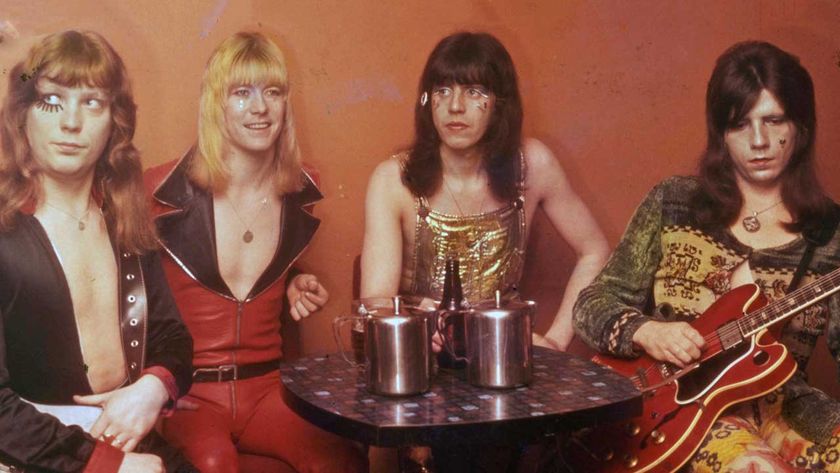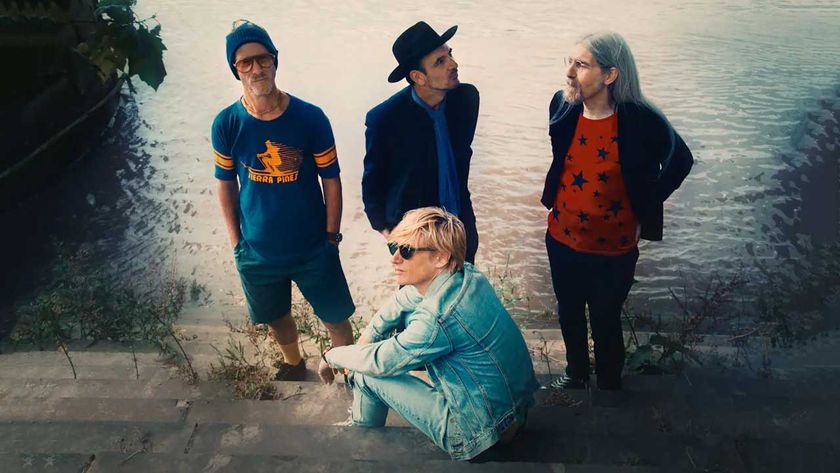Judging by their walking-through-molasses tempos and detuned riffs, it’s understandable to assume that Kyuss were influenced by the usual suspects (Black Sabbath et cetera). But in reality they were a bunch of Palm Desert, California-based punkers.
With Black Flag and GBH records among their collections, singer/screamer John Garcia, guitarist Josh Homme, bassist Nick Oliveri and drummer Brant Bjork originally got together during the late 1980s.
Kyuss released their debut album Wretch in 1991. Soon afterward they found a kindred spirit in producer Chris Goss, also the singer/guitarist with Masters Of Reality. It was Goss who brought a raw/retro-ish approach to Blues For The Red Sun, Kyuss’s second album.
“We were just kids,” Nick Oliveri points out. “We were just out playing, having fun. Wretch was just kinda like songs in sessions that were already done. And I think it’s a cool record, it’s fun. But Blues For The Red Sun was a really good time. Chris was awesome, man. He’s all about ‘vibe’, and his ideas are great.”
Like a volcano erupting from your speakers, 1992’s Blues… played a pioneering role in what is now known as stoner rock. Heavy yet trippy, Kyuss took riff rock to a whole new level.
“It was at Sound City (in Van Nuys, California) in the big room,” Oliveri recalls. “I remember little moments that were like, ‘Wow, man’. Just hearing things coming back from the tape was new and exciting, ’cause I was so young. You don’t hear it that way when you’re playing, especially when you’re nineteen or twenty. I remember singing through a walkie-talkie mic going to a Big Muff (vintage fuzz box) and this effects rack thing for Mondo Generator.”
Starting with the slow-building Thumb, vicious rockers such as Green Machine, 50 Million Year Trip and Allen’s Wrench followed, along with the epic Freedom Run. Additionally, Kyuss made great use of instrumentals (Molten Universe, Apothecaries' Weight et cetera), which tied the album into a long and winding journey.
Several tracks stand out for Oliveri: “My favourite is probably Green Machine. That song is really bad-ass. Fifty Million Years is really good, and Allen’s Wrench was always a favourite of mine.”
But just as it seemed that another heavyweight metal contender had arrived in Kyuss, the band began to splinter.
“There was a lot of stuff going on, and I was moving in a different direction. I wanted to go join The Dwarves, basically,” Oliveri laughs. “I was getting a little messed up in my life at the time – my dad jumped off a cliff before we made the record, and I may have been drinking too much. So Josh, I’ll say: ‘Let me go.’”
Oliveri split shortly after the completion of the album (later in the decade he reunited with Homme in Queens Of The Stone Age; he was ousted in early 2004), while Bjork stuck around for another Kyuss album, 1994’s Welcome To Sky Valley, before quitting (he launched a solo career, and joined Oliveri in Mondo Generator). Garcia and Homme soldiered on for another album, 1995’s …And The Circus Leaves Town, before chucking in the towel.
Despite the fact that Kyuss released only a handful of albums that were commercially unsuccessful, the band’s contribution remains significant – especially judging from the number of bands that came along after them who just happened to ‘share’ the same sound/approach as the guys who had blown in from the desert.














